How to Choose the Right LED Fixtures for Energy Efficiency: Insights and Data for Smart Lighting
In today's energy-conscious world, the selection of LED fixtures has become a pivotal decision for both residential and commercial spaces seeking optimal energy efficiency. According to the U.S. Department of Energy, LED lighting consumes at least 75% less energy than traditional incandescent bulbs, contributing to a significant reduction in electricity costs.
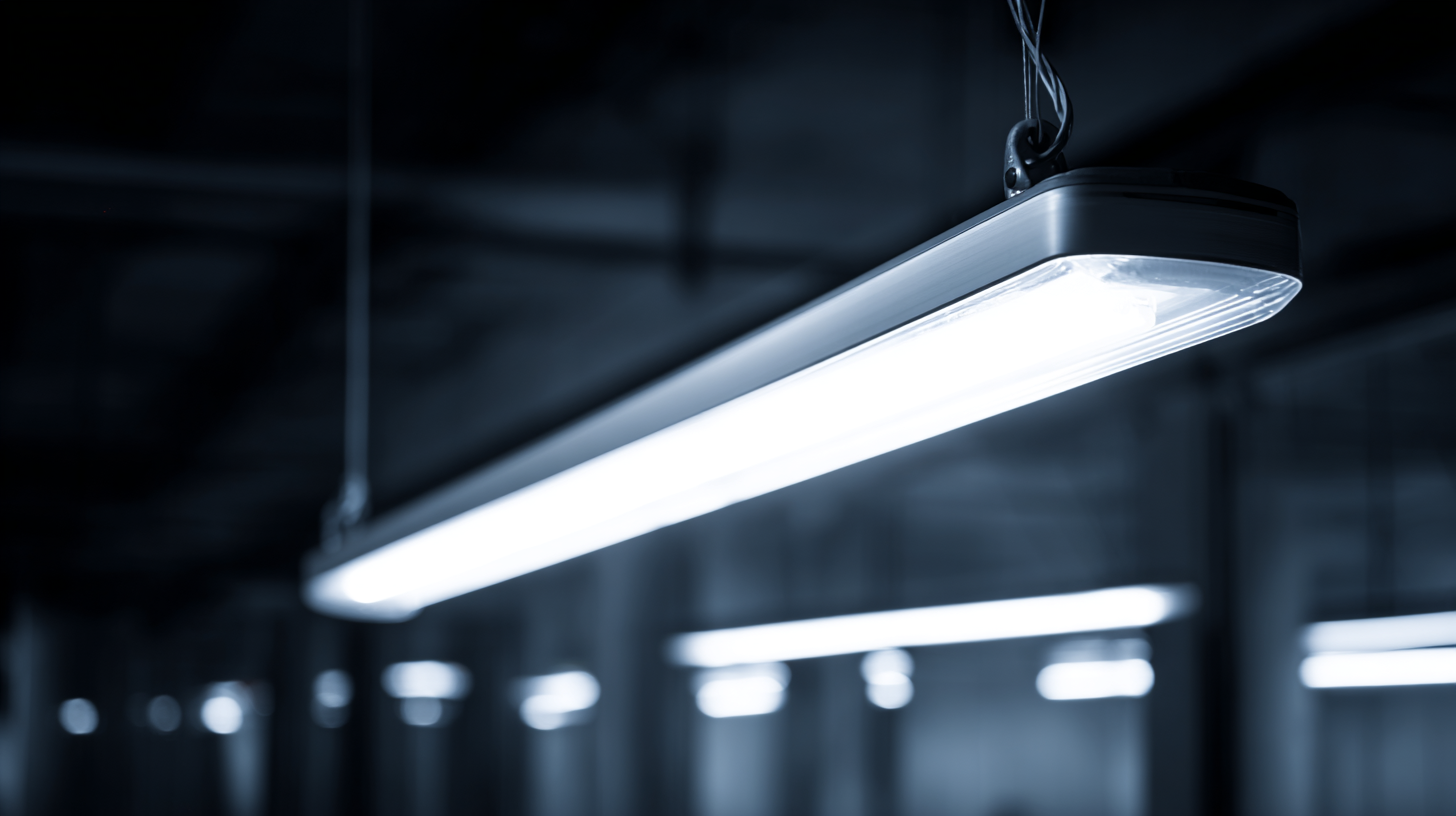
Moreover, a research report by the Lighting Research Center indicates that the adoption of LED technology can lead to a decrease in greenhouse gas emissions by over 80% when replacing older lighting systems. With these compelling statistics in mind, it's essential to understand how to choose the right LED fixtures that not only meet aesthetic needs but also maximize energy savings and performance.
This blog will provide insights and data-driven guidance on selecting the best LED fixtures for smart lighting applications, ensuring that every choice contributes to a sustainable future.
Understanding the Different LED Fixture Types and Their Uses
When selecting LED fixtures for energy efficiency, it's essential to understand the various types available and their specific applications.
LED tube lights, for instance, are ideal for illuminating large spaces such as warehouses and garages.
According to a report from the U.S. Department of Energy, switching from traditional fluorescent tubes to LED tubes can reduce energy consumption by up to 50%.
This change not only lowers utility bills but also minimizes maintenance costs due to the longer lifespan of LED technology, which can last up to 50,000 hours compared to the 7,000 hours of standard fluorescents.
In contrast, LED downlights are perfect for creating ambiance in residential areas or commercial buildings.
These fixtures are designed to emit light in a downward direction, making them suitable for recessed lighting in hallways, kitchens, or office spaces.
A study by the International Energy Agency highlights that adopting LED downlights can lead to a 70% reduction in energy use compared to incandescent options.
Understanding these distinctions allows consumers and businesses alike to make informed choices for their lighting needs while significantly enhancing energy efficiency and sustainability.
Assessing Energy Efficiency: Key Metrics for LED Fixtures
When assessing energy efficiency for LED fixtures, it's crucial to focus on key metrics that drive both performance and sustainability. Recent studies indicate that LED lamps outperform traditional lighting options in efficiency and environmental impact, making them a preferred choice for energy-conscious consumers. For instance, the comprehensive analysis of residential artificial lighting shows that LEDs can lower energy consumption significantly while providing superior illumination quality. In cold climate cities, the integration of energy-efficient measures in greenhouses highlights the importance of optimizing both energy consumption and yield, ultimately impacting food security positively.
**Tips for Choosing the Right LED Fixtures:**
- Look for fixtures with a high lumen-per-watt output. Metrics suggest that the best LED products offer an efficiency of over 100 lumens per watt, reducing energy consumption substantially.
- Consider the color rendering index (CRI). A CRI of 90 or above ensures that colors appear more vibrant and natural, which is particularly important in settings like retail and healthcare where accurate color representation is essential.
- Evaluate the total cost of ownership, including initial investment, lifespan, and energy savings. Research shows that while LEDs might have a higher upfront cost, their longevity and efficiency translate into substantial savings over time.
By considering these metrics, consumers can make informed decisions that align with sustainability goals while enjoying the benefits of smart lighting solutions.
Top Features to Look for in Energy-Efficient LED Lighting
When selecting LED fixtures for energy efficiency, it’s important to prioritize features that can significantly impact both performance and savings. One key feature to consider is the lumen output. Higher lumens indicate brighter light with less energy consumption, so look for fixtures that provide sufficient lumens for your space without wasting energy.
Another critical aspect is the Color Rendering Index (CRI). A higher CRI (90 or above) ensures that colors appear more vivid and natural, making your environment not only efficient but also visually appealing. When choosing replacements for traditional lighting, always consider the CRI to maintain the quality of the light in your space.
Moreover, the efficacy rating, which measures the lumens produced per watt of power consumed, is essential in determining energy efficiency. Opt for fixtures with at least 80 lumens per watt to achieve a good balance between energy use and brightness. Keep an eye on energy certifications, such as ENERGY STAR, which can also guide you toward the most efficient options available on the market.
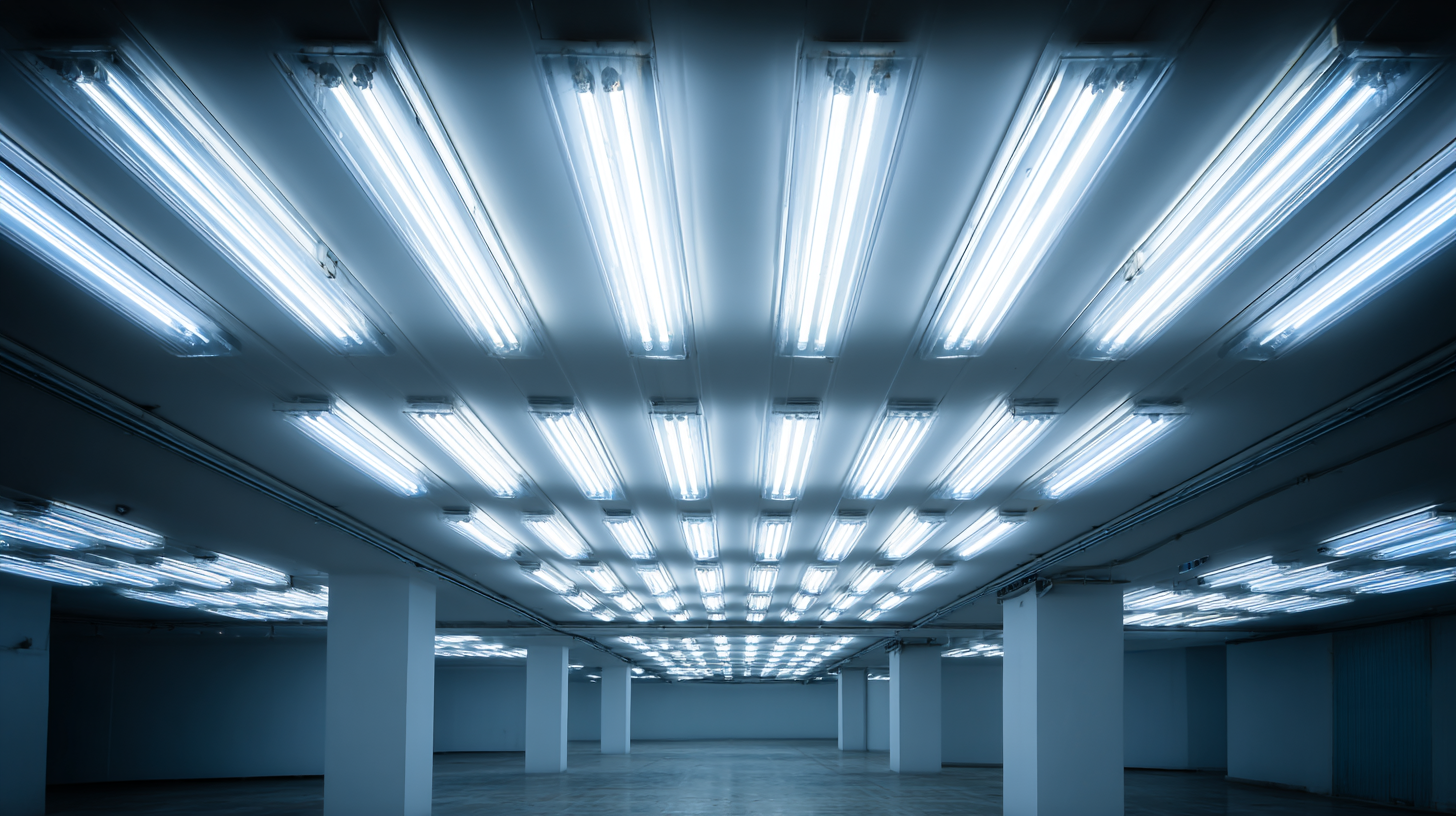
Cost vs. Savings: Evaluating the Long-Term Benefits of LED Fixtures
When evaluating LED fixtures for energy efficiency, understanding the cost versus savings is crucial for making an informed decision. Initially, the upfront cost of quality LED fixtures may appear higher than traditional lighting options. However, it is important to consider the long-term benefits these fixtures offer. LED lights consume significantly less electricity, leading to lower utility bills over time. Moreover, their longer lifespan—often exceeding 25,000 hours—translates to reduced replacement costs and less frequent maintenance.
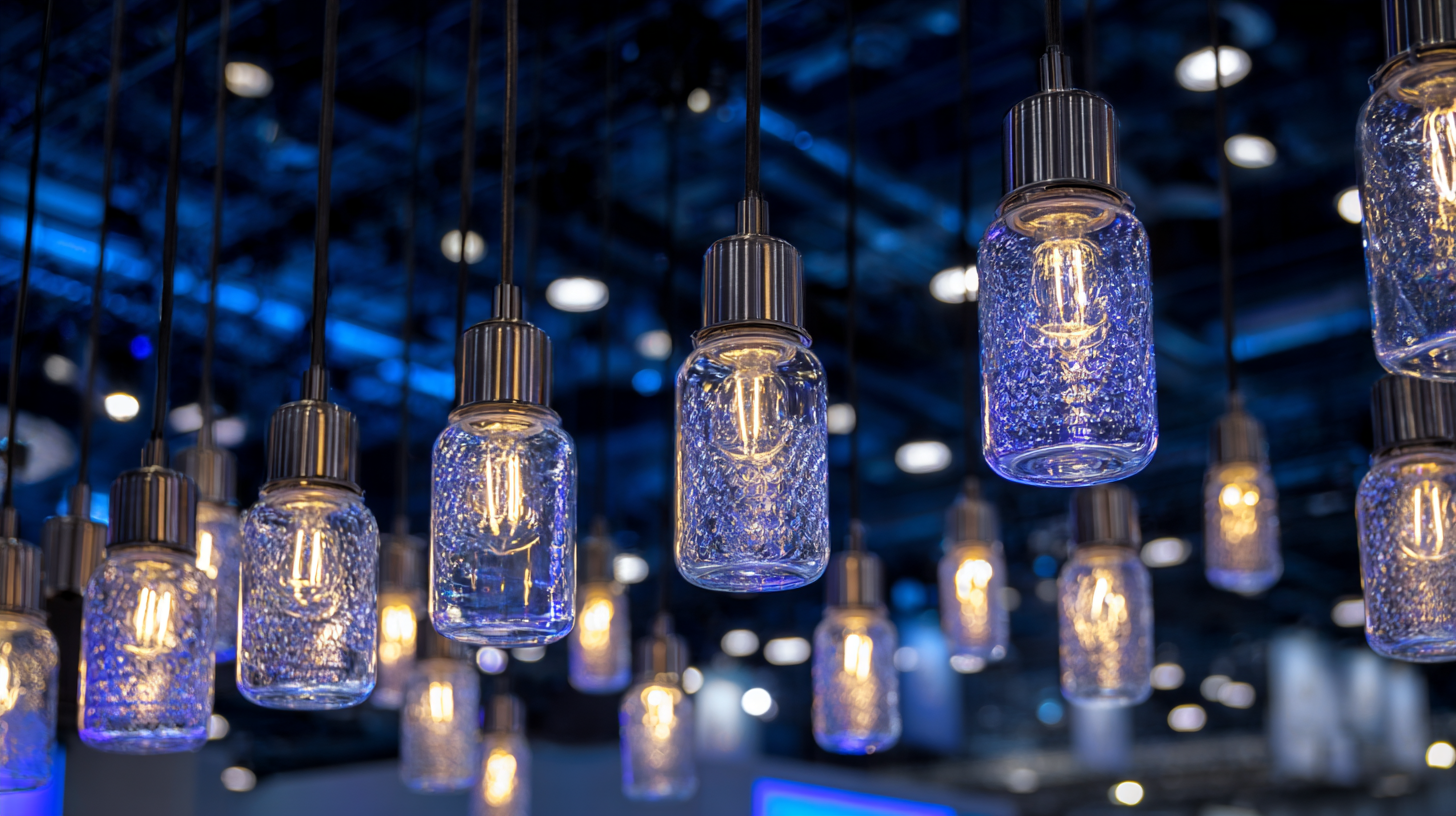
Additionally, many utility companies provide incentives for adopting energy-efficient lighting solutions. These rebates can help offset the initial investment, making the switch more financially viable. Over the years, the cumulative savings generated from lower energy consumption, combined with potential incentives, can significantly outweigh the initial costs. Therefore, when considering LED fixtures, it's essential to look beyond the short-term expenditures and evaluate the overall financial impact, making the case for adopting smart lighting solutions that truly enhance both energy efficiency and sustainability.
Smart Lighting Technologies: Enhancing Energy Efficiency with LEDs
Smart lighting technologies are revolutionizing the way we approach energy efficiency in both residential and commercial settings. According to a report by the U.S. Department of Energy, LED lighting can offer up to 80% energy savings compared to traditional incandescent bulbs, making them an ideal choice for institutions looking to cut costs and improve sustainability. This transition not only reduces energy consumption but also minimizes maintenance costs due to the long lifespan of LED fixtures, which can last up to 25 times longer than conventional lighting options.
To maximize the benefits of LED technology, consider implementing smart controls such as motion sensors and timers. These systems enable lights to dim or turn off when spaces are unoccupied, which can lead to further energy reductions. For instance, a study conducted by McKinsey & Company found that integrating smart lighting controls can yield energy savings of up to 30% in commercial buildings.
When selecting LED fixtures, prioritize those with high efficacies, measured in lumens per watt, and look for products that are ENERGY STAR certified. Not only do these options ensure better performance, but they also align with the growing demand for environmentally conscious choices in lighting. By embracing smart lighting technologies, we can enhance energy efficiency while fostering a sustainable future.
Related Posts
-
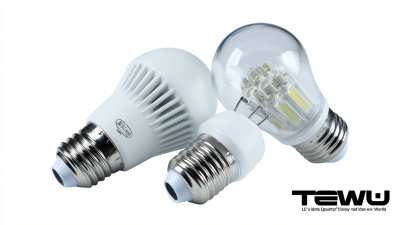
Unwavering Quality in Best Led Lamps Made in China Trusted Worldwide
-
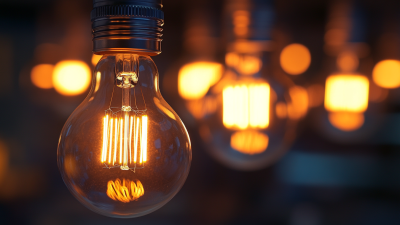
Navigating Tariff Challenges: China’s Resilient Growth in Best Led Fixtures Amidst US-China Trade Tensions
-
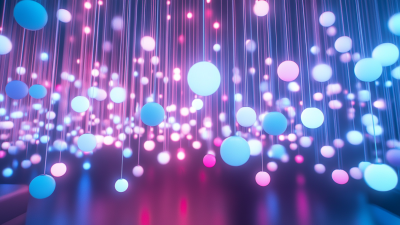
Illuminate Your Space with Innovative Led Lighting Solutions for Global Buyers
-
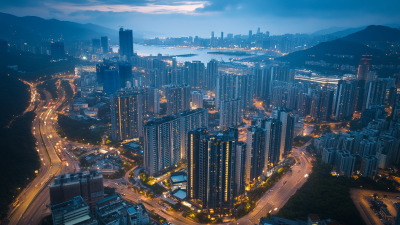
Discovering Top-Notch Suppliers for Your LED Lamps: A Comprehensive Guide
-
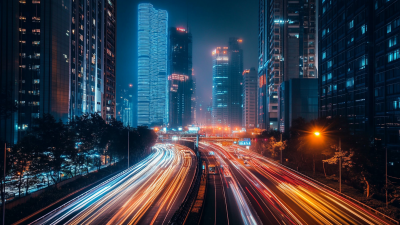
Advantages of Choosing Led Lamps for Your Lighting Solutions
-
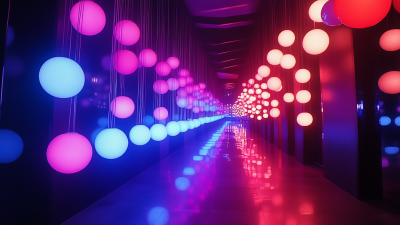
Leading Chinese Factory Revolutionizes Global Standards in Lighting Light Manufacturing
